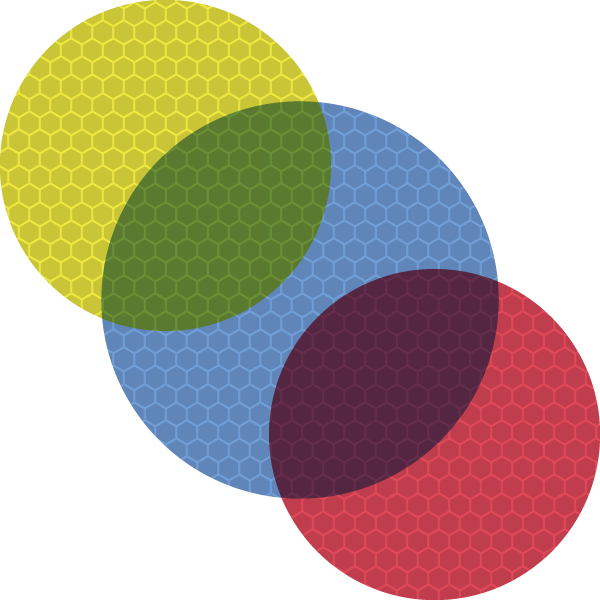1967_Sackson_273_September 10.jpg
Creator
Sid Sackson
Date
1967
Format
.jpg
Source
Box 1, Object 5, Sid Sackson collection
Item sets
Rights Statement
The Strong, Rochester, New York.
Full Metadata
 1967_Sackson_273_September 10.jpg
1967_Sackson_273_September 10.jpg
Title
1967_Sackson_273_September 10.jpg
Creator
Sid Sackson
Date
1967
Type
image
Format
.jpg
Source
Box 1, Object 5, Sid Sackson collection
Language
English
Coverage
1967
Rights
The Strong, Rochester, New York.
transcription
SUNDAY 10 SEPTEMBER
Sixteenth Sunday after Trinity 1967 253rd day - 112 days to come
Finished the rules for SCORE.
Claud called. He is putting a picture of each of the ten
characters on one of the spaces of each. one. On the
first round of play each player starts on one of these
spaces. After this the game continues as before. He
also has a new approach to TEN LITTLE INDIANS.
There is are ten cards representing the ten characters
and there are also ten envelopes into which the cards fit,
each envelope having a number from 1 to 10. The cards are
shuffled and 1 is placed in each envelope at random and with-
out any player seeing the identity. One envelope is put a-
side and the card inside represents the murderer.
There is a board with a serious (say 30) spaces in
a row, each one having the name of from 2 to 5 characters.
The players in turn take an envelope, look at the cards
inside, and then place the envelope on the first space containing
that character. After all the envelopes are placed a
player in his turn can look in any envelope and then move
it to the next space containing that character. If there is
an envelope in that space it can be opened and again moved
in the same way, etc.
I fooled around a little with the idea. There is no real
deduction involved, just crossing off the characters in
the spaces skipped over. Perhaps if the board were a grid
and an envelope could be moved to any unoccuppied space
in a straight line. Didn't pursue the idea.
Claude suggested getting together next Thursday, to discuss
games.
Sixteenth Sunday after Trinity 1967 253rd day - 112 days to come
Finished the rules for SCORE.
Claud called. He is putting a picture of each of the ten
characters on one of the spaces of each. one. On the
first round of play each player starts on one of these
spaces. After this the game continues as before. He
also has a new approach to TEN LITTLE INDIANS.
There is are ten cards representing the ten characters
and there are also ten envelopes into which the cards fit,
each envelope having a number from 1 to 10. The cards are
shuffled and 1 is placed in each envelope at random and with-
out any player seeing the identity. One envelope is put a-
side and the card inside represents the murderer.
There is a board with a serious (say 30) spaces in
a row, each one having the name of from 2 to 5 characters.
The players in turn take an envelope, look at the cards
inside, and then place the envelope on the first space containing
that character. After all the envelopes are placed a
player in his turn can look in any envelope and then move
it to the next space containing that character. If there is
an envelope in that space it can be opened and again moved
in the same way, etc.
I fooled around a little with the idea. There is no real
deduction involved, just crossing off the characters in
the spaces skipped over. Perhaps if the board were a grid
and an envelope could be moved to any unoccuppied space
in a straight line. Didn't pursue the idea.
Claude suggested getting together next Thursday, to discuss
games.
Item sets
